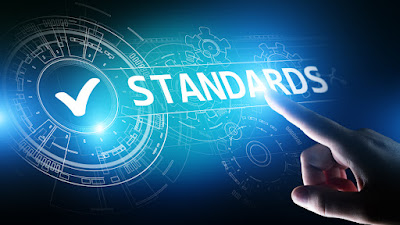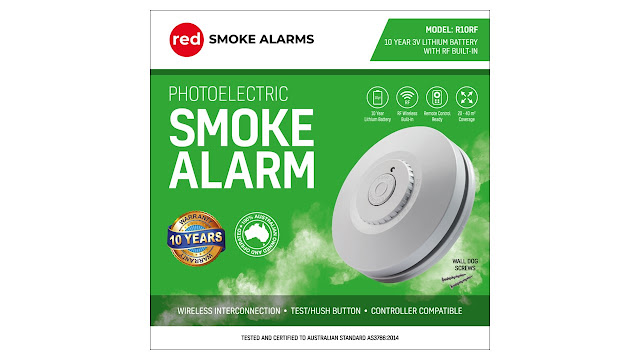Australia's new smoke alarm standard - Australian Standard 3786:2023
A new Australian Standard for smoke alarms, Australian Standard 3786:2023, was published by the Standards Australia Committee on February 17, 2023. This standard supersedes the previous Australian Standard 3786:2014.
It is not uncommon for Australian Standards to undergo updates and amendments over time. Australian Standard 3786, first released in 1990, has undergone at least 10 updates and reissues since its inception.
Several reasons led to the publication of the new Australian Standard 3786:2023:
1. Technological advancements: The standard needed to incorporate emerging smoke alarm technologies and evolving existing technologies. This ensures the standard remained relevant and reflects current technology available in the market. For example, the new standard now includes provisions for interconnected smoke alarms.
2. Safety considerations: Safety is a crucial aspect of the standard. As new fire risks are identified and existing ones are better understood, the standard has been updated to address these concerns. Clearer guidelines for the safe usage of smoke alarms and associated testing protocols have been provided.
3. International harmonization: In a globalized world, aligning standards across different countries and regions is essential. Australian Standard 3786:2023 is now aligned with the International Standard ISO 12239:2021 for smoke alarms using scattered light, transmitted light, or ionization.
4. Feedback and continuous improvement: The development of Australian Standard 3786:2023 considered feedback from users, stakeholders, and experts. Committee members included the National Fire Industries Association, Australian Building Codes Board, Property Council of Australia, CSIRO, and the Fire Protection Association Australia.
The new Australian Standard 3786:2023 introduces several key changes compared to the old Australian Standard 3786:2014:
- Recognition of combination and multi-criteria smoke alarms, which provide multiple fire sensors within a single housing.
- Permission for the inclusion of a sensor unrelated to smoke detection, such as a carbon monoxide sensor, to create a dual carbon monoxide detector and smoke alarm product.
- Introduction of new requirements for mains-powered smoke alarms, temporary disablement facility, smoke alarms using radio frequency links, and assessment for wall-mounted smoke alarms.
If you currently have smoke alarms compliant with Australian Standard 3786:2014, you are not required to replace them solely because of the release of Australian Standard 3786:2023. Compliance with a specific Australian Standard only becomes a legal requirement when it is referenced in legislation by the Australian government or other regulatory agency. At the time of writing this article, fire safety legislation in Queensland and the National Construction Code 2022 still reference Australian Standard 3786:2014. Therefore, legal compliance remains unchanged, and you should continue to comply with Australian Standard 3786:2014. It's important to note that regardless of changes to the standard, smoke alarms should be replaced if they fail to operate or are older than 10 years from the date of manufacture. For replacement, interconnected photoelectric smoke alarms are recommended.
Want to know more? We love talking smoke alarms!
Feel free to reach out to us at www.photoelectricsmokealarms.com.au



Comments
Post a Comment